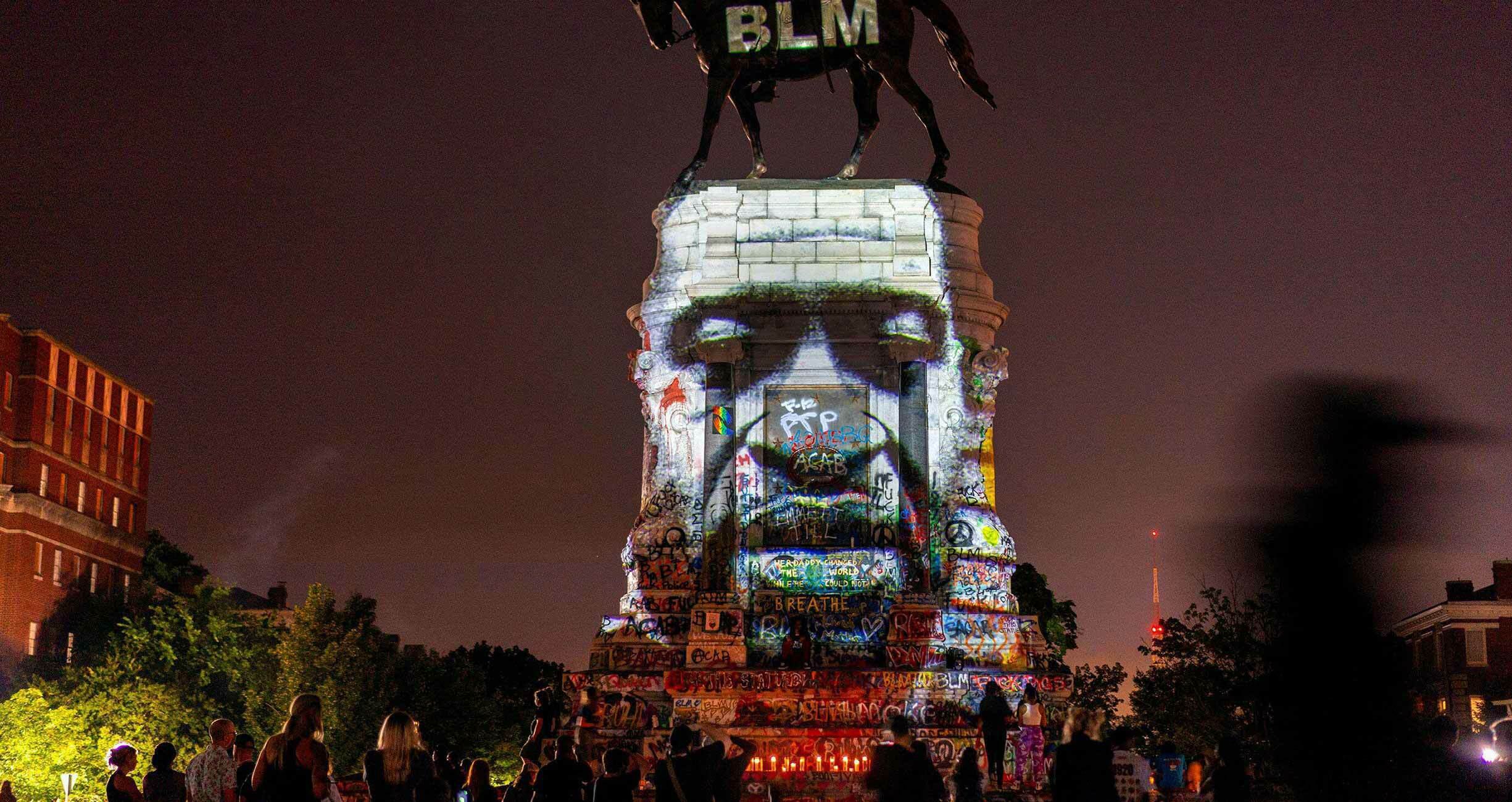What Has Changed since George Floyd's Death?
The year following George Floyd’s murder unearthed a lot of pain. That much is plain. And while we harbor no naïve illusions that reimagining how we deliver true public safety will be easy or quickly accomplished, I believe the year provided victories to fuel the long fight ahead.
The crime against Mr. Floyd sharpened public focus on a policing system infected with violence, which has devalued and destroyed Black lives, and has imposed its heavy hand on millions of people of all races and ethnicities (10.5 million people are arrested every year in the United States). There is widespread commitment to finally uprooting the racism that pervades the criminal legal system and makes justice impossible.
And we are seeing progress. According to a New York Times report, state legislatures passed more than 140 new police oversight and reform laws in the past year, creating a trend toward baseline standards for police accountability and behavior. The new laws restrict police use of force, no knock warrants, and neck restraints. They require officers to intervene when their colleagues use excessive force. And more police disciplinary records have been made available to the public.
Government leaders are also rethinking the idea that investing in public safety necessarily means funding armed law enforcement officers. The City of Minneapolis has shifted $8 million from its police department to expand violence prevention and mental health crisis response services. Boston cut $12 million from the police department’s overtime budget to instead invest in trauma counseling, housing services, and other public health and social service agencies. Austin committed to divesting nearly 35 percent ($153.2 million) of the police budget to other agencies. A task force has recommended that these funds be diverted to build health care, substance use recovery support, COVID-19 care, mental health care, affordable and accessible housing, food security, and financial assistance, including a pilot of a guaranteed income project that would provide $1,000 per month to 1,000 households for one year.
The voters of Los Angeles approved Measure J, which commits at least 10 percent of the county’s general fund budget to services that address the impacts of systemic racism: youth development programs, affordable housing, community counseling, alternatives to incarceration, and more.
All positive—but, let’s be honest—incremental steps.
More municipalities should take similar and bigger steps toward budget justice. The United States currently devotes more time, energy, and money to criminalizing, policing, and imprisoning people than to helping them. On average, cities spend one-third of their general funds on law enforcement. We spend double on sustaining mass incarceration what we do on providing public assistance to disabled and low-income people.
Correcting these imbalances and uprooting the racism behind them will be a generational fight. We celebrate the victories of the past year—and the hard work and sacrifice of the community leaders, advocates, and government leaders who listened and acted—while recognizing that progress is not happening fast enough for the victims of police violence whose funerals followed George Floyd’s.
Much work remains, but we face this long-term battle with realistic optimism. George Floyd’s daughter spoke the truth during the heartbreaking moment when she looked out over the crowds of protesters demanding justice for her father and said, “Daddy changed the world.” Let us build on the gains made since George Floyd’s death and work toward a system of public safety that truly respects and protects all people.
